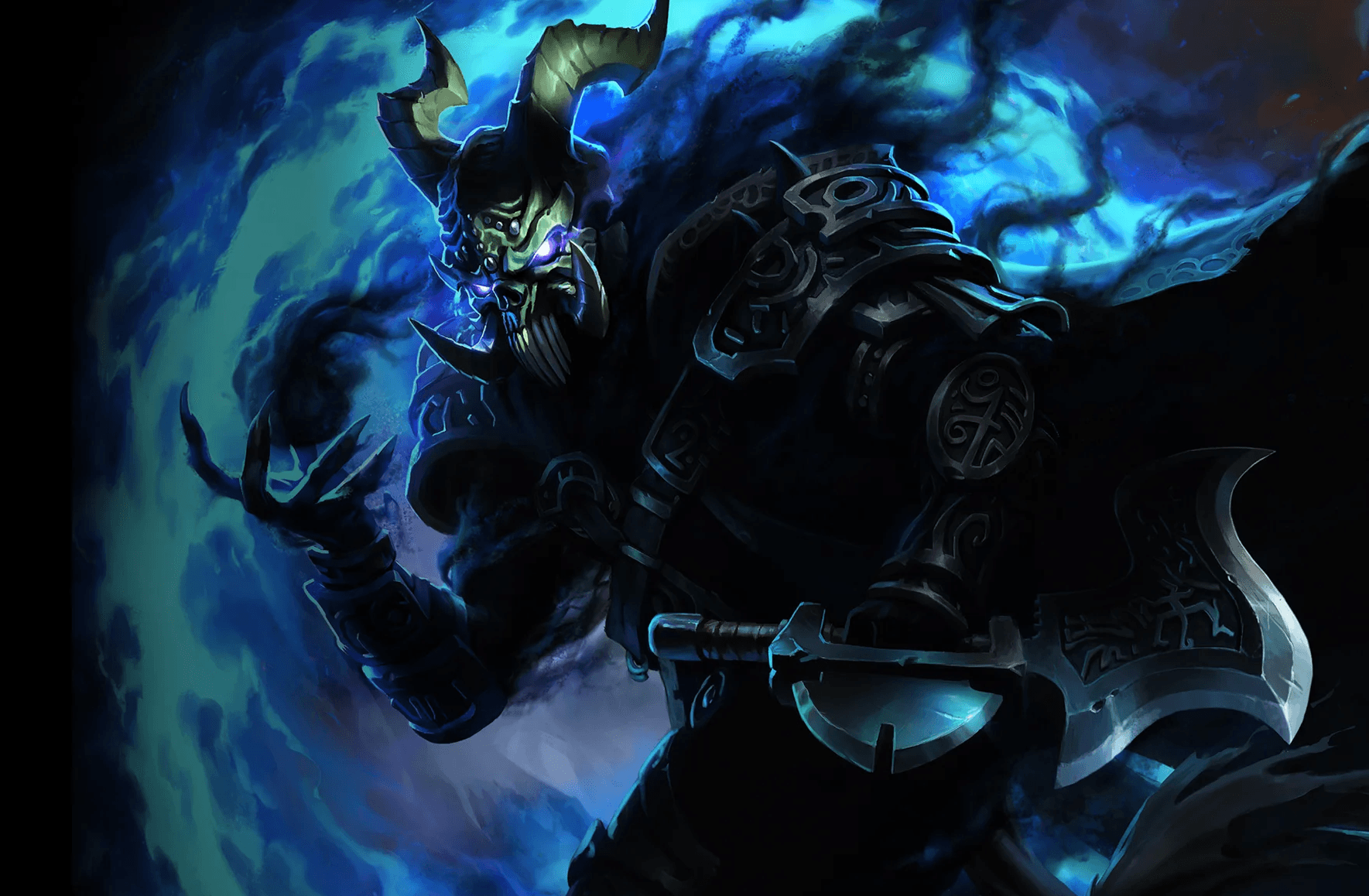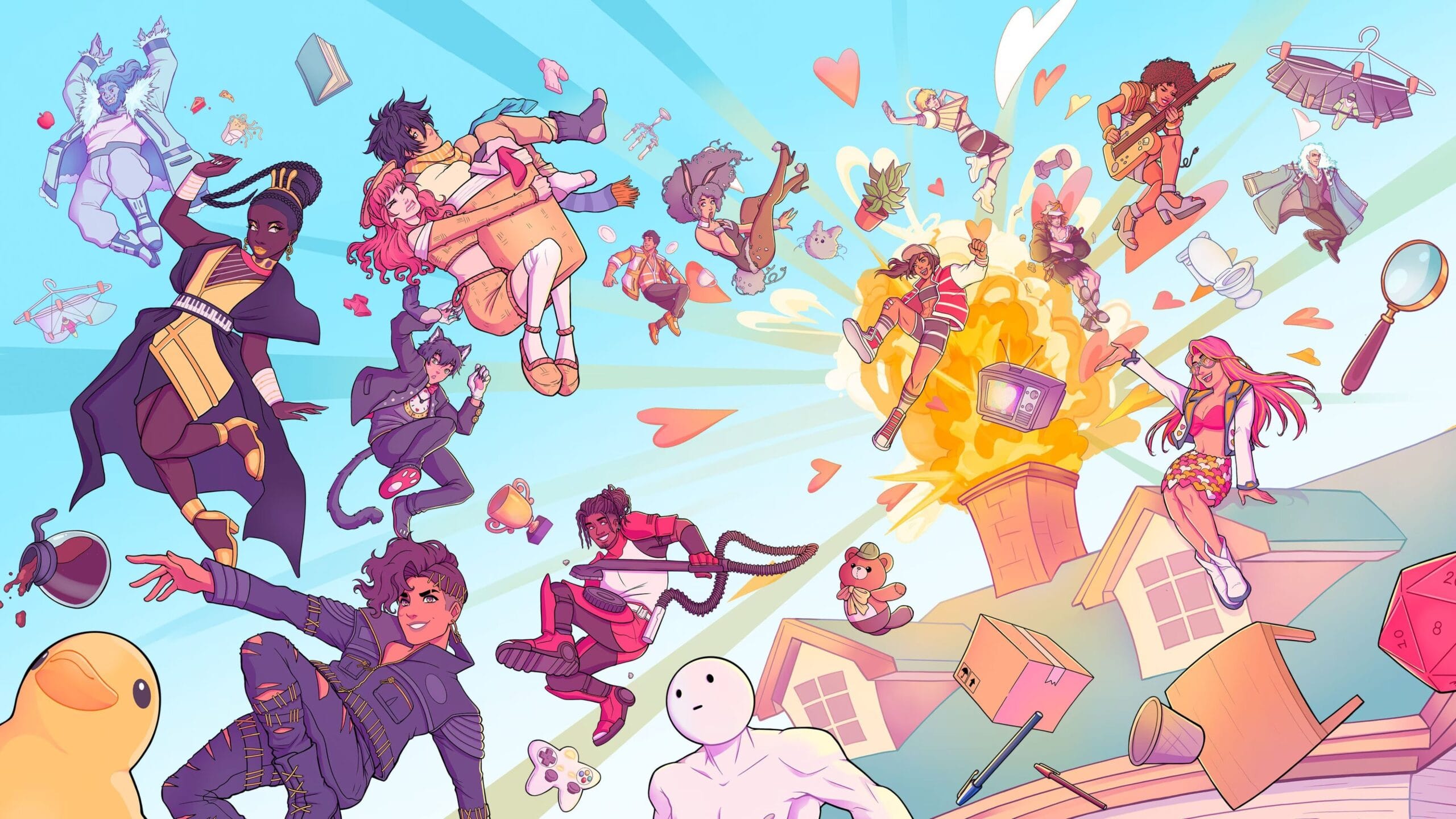A reboot of sorts, Samurai Shodown’s announcement came as a surprise to anyone who’s been a fan of the franchise, given how long it’s been since its last entry. The series, which started out in arcades back in 1993, saw a bunch of nearly yearly sequels until the saturated fighting game genre died down in the 2000s, and only now, a few years into its bubbling revival, what is now SNK decided to bring back Haohmaru and crew back in a 2D plane fighting game with polygonal graphics, a field where the series hasn’t really done well in the past.
I’m happy to report that this new Samurai Shodown is the saving grace that this gritty series needed, and although it misses some of its attacks here and there, it more than lands a whole bunch of others, resulting in a modern fighting game that’s quite unique in the way it delivers its gameplay, and that can be a whole lot of fun if you decide to sink some time into learning its ins and outs. Surprisingly, though, for a modern fighter coming out in 2019, Samurai Shodown feels very old school and somewhat simple, thanks to the similar way its cast apparently controls at first glance.

Samurai Shodown is set in 1787, during Tenmei era, and a lot of evil is going down all around Japan, resulting in the resurgence of an ancient maniacal spirit, and prompting heroes and not-so well-intentioned warriors to come from all around the world in the hopes of destroying this malefic presence and gain whatever riches, fame, or honor they so desire. The game’s story mode more or less narrates this entire ordeal, but regardless of who you pick to fight as, everything carries on pretty much the same, so it’s a little weird that it’s called ‘story’ and not just arcade mode. Oh well, “tomatos” or “tomatoes”, fighting games are hardly around for story, and that’s certainly the case for Samurai Shodown.
The real deal here is the combat, and in that regard, SamSho, as Japan lovingly shortens the series name to, is quite a show, pun totally intended. It’s much more slow paced than the usual fighter, resulting in a more measured one-on-one experience that you might be used to. Hits tend to be really big, damaging, but at the same time, considered bets, since they can leave the sender open for counters in case they’re deflected or dodged, due to how much of a wind up they require. That results in a very calculated style of play that is rarely seen in a fighting game these days, which can be seen as both a pro and a con, depending on who you ask. I, for one, really came to appreciate how much of a gambling game Samurai Shodown can be at times, how strategic fights eventually evolve into when facing off against a particularly skillful opponent, and most importantly, how good it feels to come out the winning end of a tough bout.

I’ve been on and off the series over the years, but as an adorer of the original release on the Genesis and its sequel on the NeoGeo CD, I can say that the new game feels familiar and does the earlier entries in the franchise justice by bringing back some mechanics that have been in the series since that point, like the Rage Meter, which builds up throughout the fight as you take hits, and once activated, slows down time, makes you uber powerful, and allows you to deliver ever bigger blows to your opponent, a big comeback tool that can only be employed once every fight. That meter can also be used to deliver an even deadlier move that takes a lot more inputs to perform, but is very much worth the effort, due to how damaging it is, and hell, how flashy it usually looks. It depends a lot from character to character, but for some of my favorites like Jubei and Haohmaru, it’s quite the spectacle.
In terms of cast, Samurai Shodown brings back plenty of the fan favorites such as the ones I already mentioned, Jubei Yagyu and Haohmaru, as well as Hattori Hanzo, Galford, Earthquake, Charlotte, Ukyo Tachibana, and Tam Tam, along with some fresh faces like the lanky Darli Dagger, stoic protagonist Yashamaru Kurama, and scholarly, Feng Shui practitioner Wu-Ruixiang, from China. It’s quite a diverse group of fighters, and even though I would’ve loved to see one the likes of Genan among the cast, it’s a strong selection that offers plenty of variety, each worth trying out at least once before deciding on a main. I fell back to old habits and decided to try my luck with Jubei, who I’ve been doing somewhat well while playing online, but I’ll be spending some time studying the cast as soon as the review season dies down a bit and I have more free gaming moments to spend on my personal backlog.

Speaking of online modes, Samurai Shodown’s are quite standard. You’re given the option to join a player game lobby where a group of like-minded fighters take turns fighting each other without running the risk of losing ranks, a gamble that’s reserved for ranked mode, and as the name implies, you’ll continuously rise up or drop down depending on how you do. These two modes are nothing to write home about and work as well as expected, giving out new titles and icons for you to personalize your player profile as you progress through them. The online stability of the game proved to be somewhat strong during my time testing it out for this review, with very few cases of drops, but with some instances of quite bad lag, even though the marker showed decent connections between the members of the room I was fighting at, and the opposite, really good and stable play among people pinging really bad delays. As with a lot of fighting games, it’s best to play this on a wired connection, just to be sure.
There’s also a weird inclusion to the game in the form of the Dojo, where you can fight against CPU ghosts in order to create your own representation, which like Mortal Kombat 11’s, can eventually pop up into other people’s games and fight them in your playstyle. Fighting against the ghosts in this mode can prove to be quite a mixed experience, as some of them can prove to be punching bags or positively devious, but I’ve come upon more of the former than the latter while playing, but who knows, this mode might grow into something else now that the game is officially out. While I came to enjoy this way more in MK11, there’s a chance that Samurai Showdown’s could develop into something interesting on its own terms, even if there isn’t quite as much depth as Netherrealm’s implementation.

For newcomers, Samurai Showdown isn’t as willing to teach its potential new fans as well as it could. The tutorials for this game are pretty darn bad and really pale in comparison to more recent fighting games that have come out. You only get to pick from a list of topics that pop you into a ring against a PC character who doesn’t really react outside of the context it’s sitting around for, giving you a single chance to use whatever move the game instructs you before kicking you out to the next lesson. There’s no use example for the commands you’re taught outside of a few lines of text, so unless you’re familiar with Samurai Shodown or are really good at memorizing theories, you might have a hard time figuring out exactly when to implement these moves, which is a shame, considering how technical the game can be. It deserved a way better suite of teaching features, but for now you’ll probably do well in researching online and finding tutorial videos which I’m sure are already plentiful already.
Visually, Samurai Shodown is quite beautiful. The menu presentation and transitions look really cool, making use of the Sumi-e, the traditional Japanese ink art, in a really stylish manner, that along with the traditional instrumental music that plays, helps set the mood. Character models are very expressive and animate very convincingly, which play well off of the bombastic in and out of fight narration and screen splashes. Overall, the entire package for Samurai Shodown is really well developed graphically, and it’s one of this game’s most distinguished features for sure.
This new Samurai Shodown is shaping up to be quite divisive among the fighting game community. On one hand, it marks the comeback for one of the most beloved fighters from the 1990s, while on the other, it might prove to be too slow for anyone who’s now used to the pacing of current fighting games. As it stands, it offers plenty of depth to plow through and really get into the meat of things, and if its online userbase remains active, there’s a fair chance that the game will have legs.




